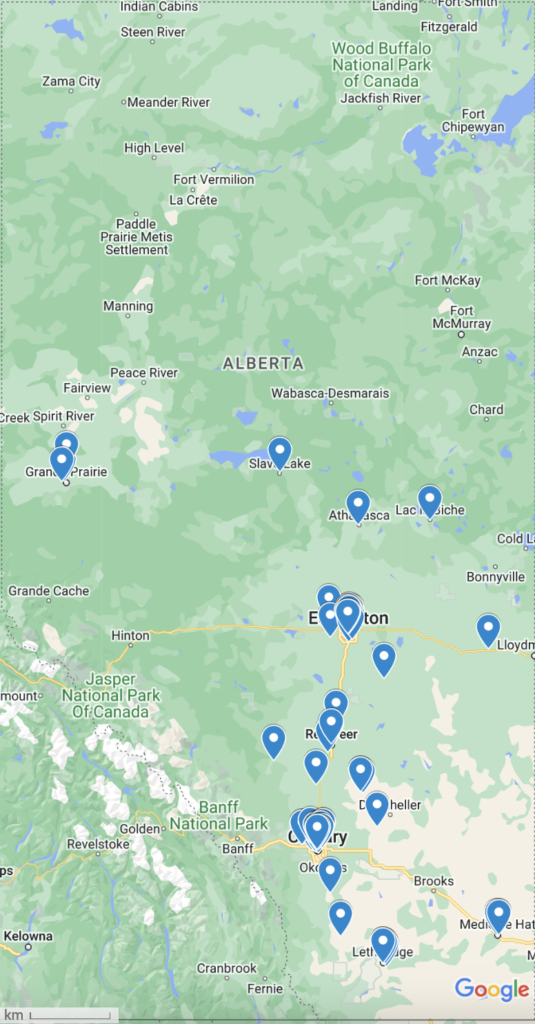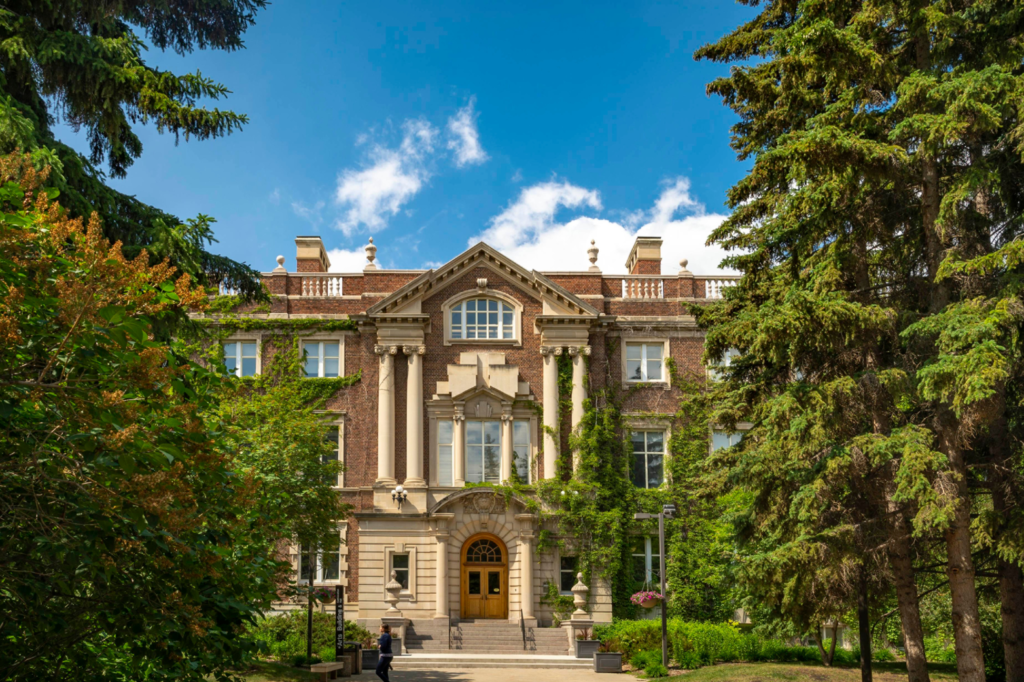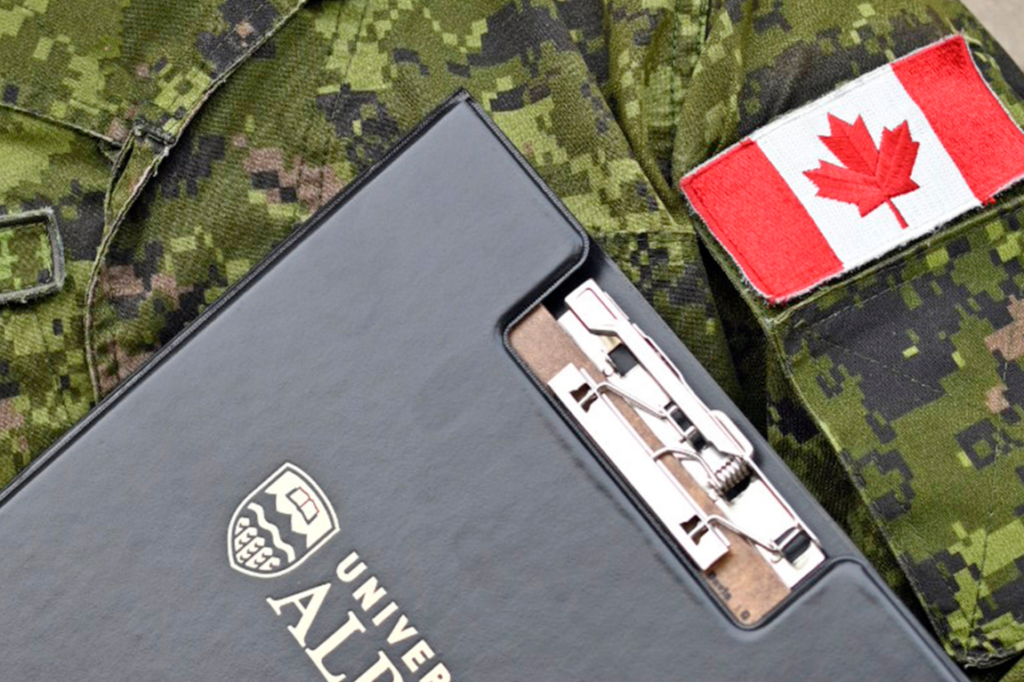
For some people, identifying a career path has been an easy process because they have known what they want to do for years, but for others this can be a challenging prospect.
Watch: Finding the best fit
Post-secondary institutions in Alberta

Language programs and schools
Professional schools
Private Career Colleges
ABM College of Business and Technology
Academy of Learning Edmonton South
Alberta Business and Health Institute
Alberta College of Acupuncture and Traditional Chinese Medicine
Alberta College of Massage Therapy
Calgary College of Traditional Chinese Medicine and Acupuncture
Canadian Health and Business CollegeCanadian Imperial College
Canadian Institute of Osteopathic Therapy Inc.
Canadian Institute of Traditional Chinese Medicine
CDI College of Business, Technology Health Care
CLI College of Business, Health and Technology
Delmar College of Hair and Esthetics
East West College of Business Technology
Elevated Learning Academy Inc.
Global College of Business and Technology
MH Vicars School of Massage and Therapy
Professional Institute of Massage Therapy
The Esthetic Institute Training Center
Timberline Canadian Alpine Academy
ULethbridge International College Calgary
Transition to Post-Secondary Education
Resources
References
- Ackerman, R., DiRamio, D., & Mitchell, R. L. (2009). Transitions: Combat Veterans as college students. New Directions for Student Services, 2009(126), 5–14. https://doi.org/10.1002/ss.311
- Burnett, S. E., & Segoria, J. (2009). Collaboration for Military Transition Students from Combat to College: It takes a community. Journal of Postsecondary Education and Disability, 22(1), 53-58.
- Cook, B. J., & Kim, Y. (2009). From soldier to student: Easing the transition of service members on campus. American Council on Education.
- DiRamio, D., & Spires, M. (2009). Partnering to assist disabled veterans in transition. New Directions for Student Services, 2009(126), 81–88. https://doi.org/10.1002/ss.319
- DiRamio, D., Ackerman, R., & Mitchell, R. L. (2008). From combat to campus: Voices of student-veterans. NASPA Journal, 45(1), 73–102. https://doi.org/10.2202/0027-6014.1908
- Gregg, B. T., Howell, D. M., & Shordike, A. (2016). Experiences of veterans transitioning to postsecondary education. The American Journal of Occupational Therapy, 70(6), 1–8. https://doi.org/10.5014/ajot.2016.021030
- Griffin, K. A., & Gilbert, C. K. (2015). Better Transitions for troops: An application of Schlossberg’s transition framework to analyses of barriers and institutional support structures for student veterans. The Journal of Higher Education, 86(1), 71–97. https://doi.org/10.1353/jhe.2015.0004
- Haines, D. (2013). “More aware of everything”: Exploring the returnee experience in American higher education. Journal of Studies in International Education, 17(1), 19–38. https://doi.org/10.1177/1028315311433207
- Hitt, S., Sternberg, M., MacDermid Wadsworth, S., Vaughan, J., Carlson, R., Dansie, E., & Mohrbacher, M. (2015). The higher education landscape for US student service members and veterans in Indiana. Higher Education, 70(3), 535–550. https://doi.org/10.1007/s10734-014-9854-6
- Ray, S. L., & Heaslip, K. (2011). Canadian military transitioning to civilian life: A discussion paper. Journal of Psychiatric and Mental Health Nursing, 18(3), 198-204. https://doi.org/10.1111/j.1365-2850.2010.01652.x





